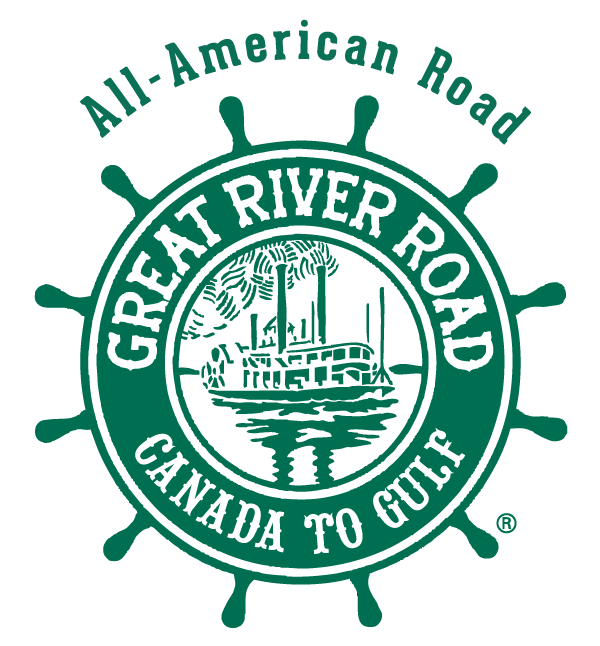What is the Great River Road?
The Great River Road National Scenic Byway is a scenic driving route that follows the course of the Mississippi River for 3,000 miles, from northern Minnesota to the Gulf of Mexico. The route passes through 10 states and hundreds of river towns. The Great River Road is arguably the longest and most important scenic byway in America and was recently designated an All-American Road by the Federal Highway Administration, a classification given to only a few select scenic byways in the country.
How long is the Great River Road?
The Great River Road follows the course of the Mississippi River for 3,000 miles.
Where does the Great River Road start and end?
In the north, the Great River Road ends at Itasca State Park, about 20 miles north of Park Rapids, Minnesota. It’s the location of the Mississippi River headwaters at Lake Itasca. In the south, the road ends at Venice, Louisiana, where the Mississippi River meets the Gulf of Mexico.
Is the Great River Road open? Are there any travel closures?
With a route this extensive, there can sometimes be stretches closed due to road construction or temporary seasonal weather events. Contact states along the river for the latest driving information, including and road closures or detours. See a list of road conditions here.
I’m interested in traveling the Mississippi River by boat. Where can I do this?
The Great River Road is a scenic byway (driving route), so we don’t maintain detailed information on boat travel. States along the route have some resources that can help get you on the water.
Which side of the river is the Great River Road on?
The Great River Road runs on both sides of the river, except between Hastings, Minnesota, and the byway’s northern terminus, where it runs on only one side of the river.
Can you recommend any good restaurants along the Great River Road?
Some of the best tips come from Great River Road travelers. See some of their great tips here.
How do I know that I am on the Great River Road?
The Great River Road’s route is marked with the Pilot’s Wheel sign. The familiar pilot’s wheel symbol denotes which roads are part of the designated route. The route has been selected for its natural, cultural, historical, recreational and scenic properties.
Where can I find a map of the Great River Road?
See a map of the Great River Road or order a printed map. Maps are also available at official Interpretive Centers along the Great River Road. You can also download the free app that is a useful resource to help you navigate on your trip.
How long does it take to drive the entire Great River Road?
Driving along the Great River Road from the Mississippi River’s source to its mouth generally takes travelers between five days and two weeks. Most people choose to travel the Great River Road in shorter sections, allowing themselves more time to explore.
Are there any height restrictions for campers or RVs along the Great River Road?
The Great River Road is a collection of local and state highways, most of which are open to truck traffic, so most standard RVs and campers should not have any trouble navigating the route. Contact the following organizations for more information:
- Minnesota Great River Road
- Wisconsin Great River Road
- Iowa Department of Transportation
- Illinois Great River Road
- Missouri Department of Transportation
- Kentucky Great River Road
- Tennessee Department of Transportation
- Arkansas Department of Transportation
- Mississippi Department of Transportation
- Louisiana Department of Transportation & Development
What is there to do along the Great River Road?
There are so many things to see and do along the entire route—you’ll find historic sites, gorgeous parks and fascinating cultural attractions. See a list of attractions and Interpretive Centers here.
What does “Mississippi” mean?
The word comes from Misi zipi, the French rendering of the Anishinaabe (Ojibwe or Algonquin) name for the river, Misi-ziibi (Great River).
What is the widest point along the Mississippi?
The widest point of the river is Lake Winnibigoshish, formed near Grand Rapids, Minnesota. It’s formed by a dam built in the 1800s and it’s over11 miles wide!
Where is the deepest point along the Mississippi?
Lake Pepin, a lake on the border of Wisconsin and Minnesota, has a maximum depth of 60 feet.







